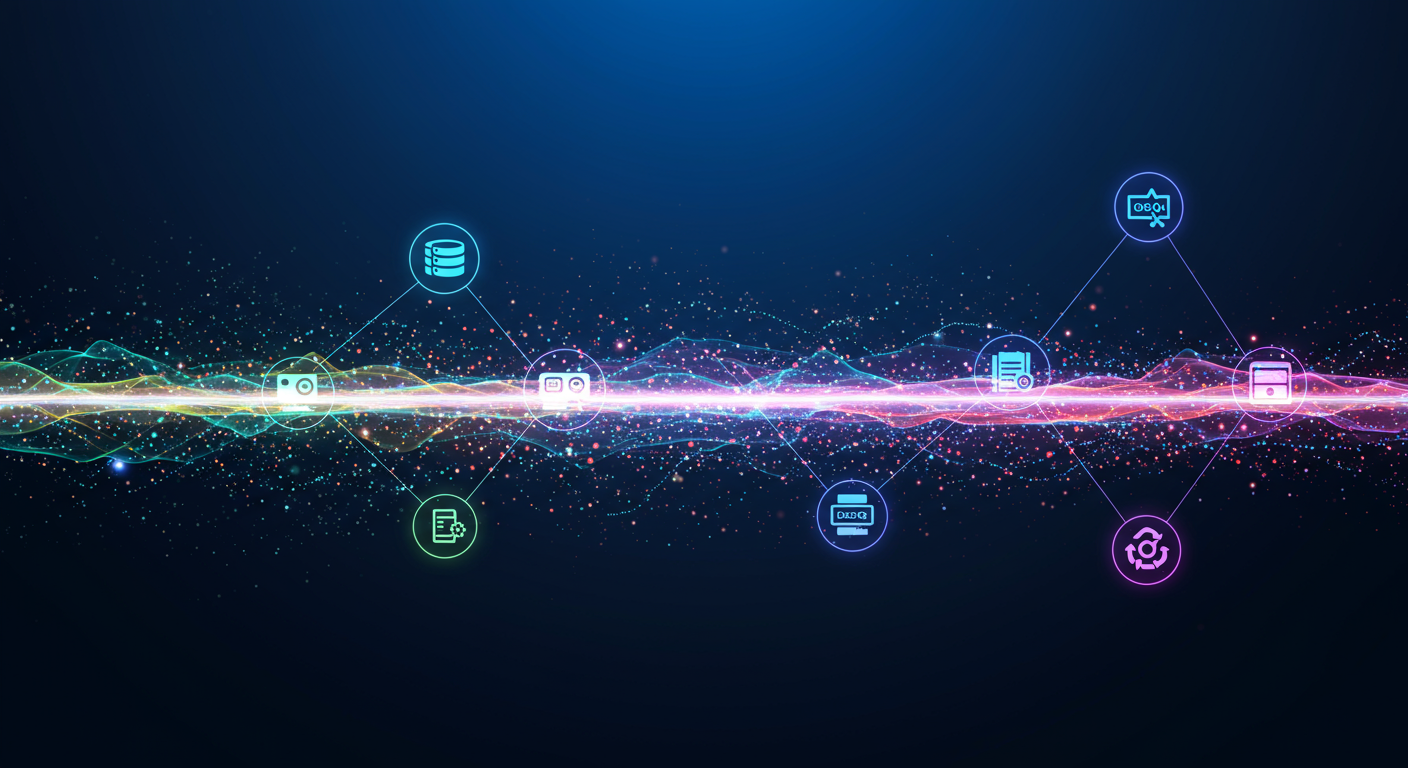Navigating the NoSQL Maze: Choosing Your Ideal Database

Selecting the right NoSQL database is a critical decision that can significantly impact your application's performance, scalability, and maintainability. With a diverse landscape of options, each tailored to specific needs, making an informed choice is paramount. This guide will walk you through the key factors to consider when navigating this complex terrain.
Key Factors in Your Decision Matrix
Before diving into specific database technologies, evaluate your project's requirements against these crucial factors:
- Data Model: Does your data fit a document, key-value, column-family, or graph structure? Understanding your data's nature is the first step. For instance, highly interconnected data might point towards a graph database like Neo4j, while flexible, JSON-like structures are well-suited for document databases like MongoDB.
- Scalability Requirements: Consider your expected data volume, read/write throughput, and future growth. Some NoSQL databases excel at write-heavy workloads (e.g., Cassandra), while others might be optimized for read-intensive scenarios.
- Consistency Needs (CAP Theorem): What level of data consistency is acceptable? Do you need strong consistency for every transaction, or can your application tolerate eventual consistency? This will heavily influence your choice, aligning with the CAP theorem (Consistency, Availability, Partition tolerance).
- Query Patterns and Complexity: How will you need to access and query your data? Simple lookups by key are handled efficiently by key-value stores like Redis, whereas complex queries across varied attributes might be better served by document or graph databases.
- Performance and Latency: Define your application's performance targets. In-memory databases can offer extremely low latency for caching or real-time applications.
- Ecosystem and Community Support: A vibrant community, comprehensive documentation, and available tools can significantly ease development and operations.
- Team Expertise: Consider your team's familiarity with specific technologies. A steep learning curve can impact project timelines.
- Cost and Operational Overhead: Evaluate licensing costs (if any), infrastructure requirements, and the complexity of managing and maintaining the database. Cloud-managed services like MongoDB Atlas or AWS DynamoDB can reduce operational burden.
Matching Types to Use Cases
Here's a simplified guide:
- Document Databases (e.g., MongoDB, Couchbase): Ideal for content management, catalogs, user profiles, and applications with evolving schemas.
- Key-Value Stores (e.g., Redis, Amazon DynamoDB (key-value mode)): Best for caching, session management, real-time leaderboards, and high-volume, simple lookups.
- Column-Family Stores (e.g., Apache Cassandra, HBase): Suited for time-series data, logging, applications requiring high write throughput and massive scalability.
- Graph Databases (e.g., Neo4j, Amazon Neptune): Perfect for fraud detection, recommendation engines, social networks, and managing complex relationships.
Further Exploration
The journey of selecting a NoSQL database involves continuous learning and assessment. For deeper dives into comparisons and specific features, consider these resources:
- Visit DB-Engines Ranking to see current popularity and trends.
- Explore vendor documentation for detailed capabilities (e.g., Cassandra Documentation).
Choosing the right NoSQL database is not just a technical decision but a strategic one. By carefully analyzing your requirements and understanding the strengths of different NoSQL solutions, you can lay a robust foundation for your application's success. For more foundational knowledge, revisit our articles on Types of NoSQL Databases and NoSQL Data Models in Depth.